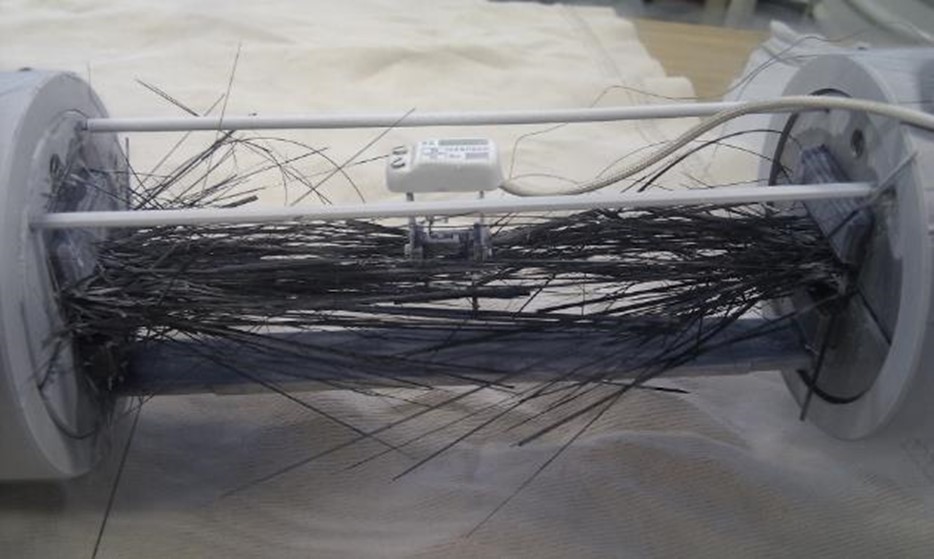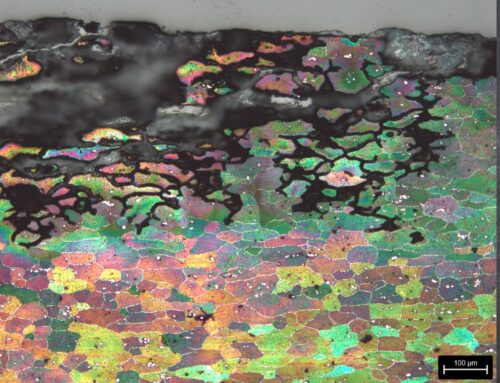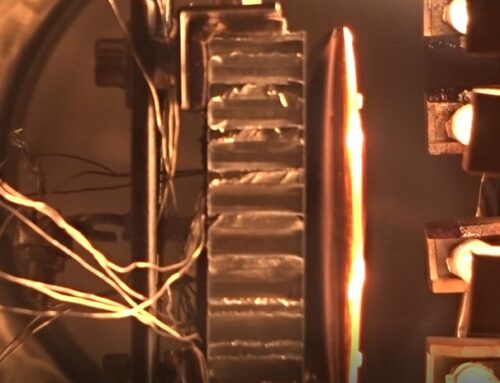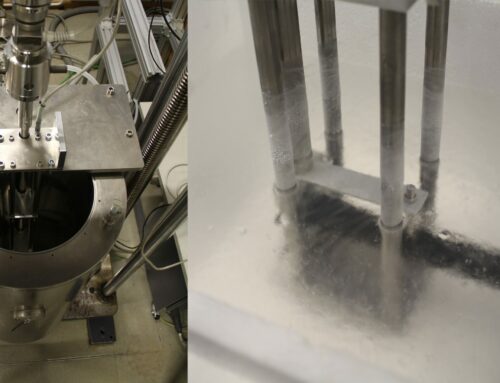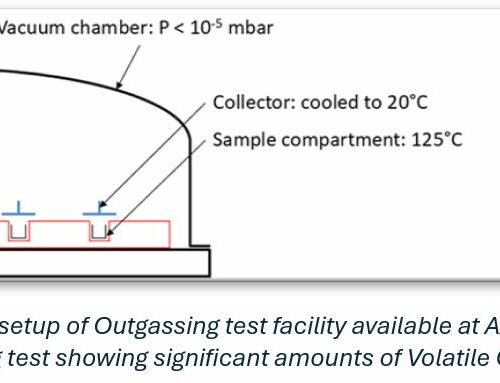Composite materials, particularly those made from carbon fibers, are widely used in aerospace applications due to their high specific stiffness and strength. These materials play a crucial role in industries where weight optimization is paramount, such as the space industry. For instance, in the design of cryogenic propellant tanks used in launchers, composites offer the potential for significant weight reduction compared to conventional metal tanks.
However, these composite structures must be able to withstand extreme conditions, including cryogenic temperatures. Without reliable material data under these conditions, the safety and functionality of composite cryogenic propellant tanks could be compromised.
Mechanical Properties at Cryogenic Temperatures
The mechanical properties of composite materials, under tensile, compression and shear loading, are known to vary with temperature. This variation is particularly pronounced in matrix-dominated properties. Through testing of e.g. uni-directional carbon fiber reinforced polymers (CFRPs) at temperatures as low as 4K, tests at AAC confirmed that matrix-dominated properties such as the transverse tension and compression as well as in-plane shear behaviour are much more sensitive to temperature changes than fiber-dominated properties. A key role plays the type of the matrix material and its ductility, especially at cryogenic temperatures, which determines the onset of matrix cracks, important for the gas tightness of the composite.
Permeability of Composite Materials at Cryogenic Temperatures
Another critical property for composite materials used in cryogenic environments is their permeability, particularly the ability to prevent leakage of propellant gases like hydrogen and oxygen.
At room temperature, undamaged composite materials showed diffusion-like behaviour, with an increasing leak rate over time until saturation was reached. When the temperature decreases to 77K, the permeability of composites decreased significantly, with no measurable increase in leak rate over time.
However, in case of composite materials with microcracks or through-thickness damage the permeability changed drastically, with a sharp increase in leak rate as the applied pressure increased.
Conclusion
To assist the proper design of cryogenic composite propellant tanks, AAC provides relevant mechanical data of composite materials at cryogenic temperatures. Especially loading conditions that might lead to matrix cracks such as tensile loading perpendicular to fiber direction play a crucial role to prevent gas leakage of the propellant tanks. In this context AAC offers the measurement of the gas tightness of composites down to temperatures of 77K by He leakage tests, allowing the assessment of loading conditions on the gas tightness.
Interested in more information or mechanical cryogenic testing services? Get in touch with our team of experts at office@aac-research.at or visit us at Aerospace & Advanced Composites: Cryogenic mechanical testing

